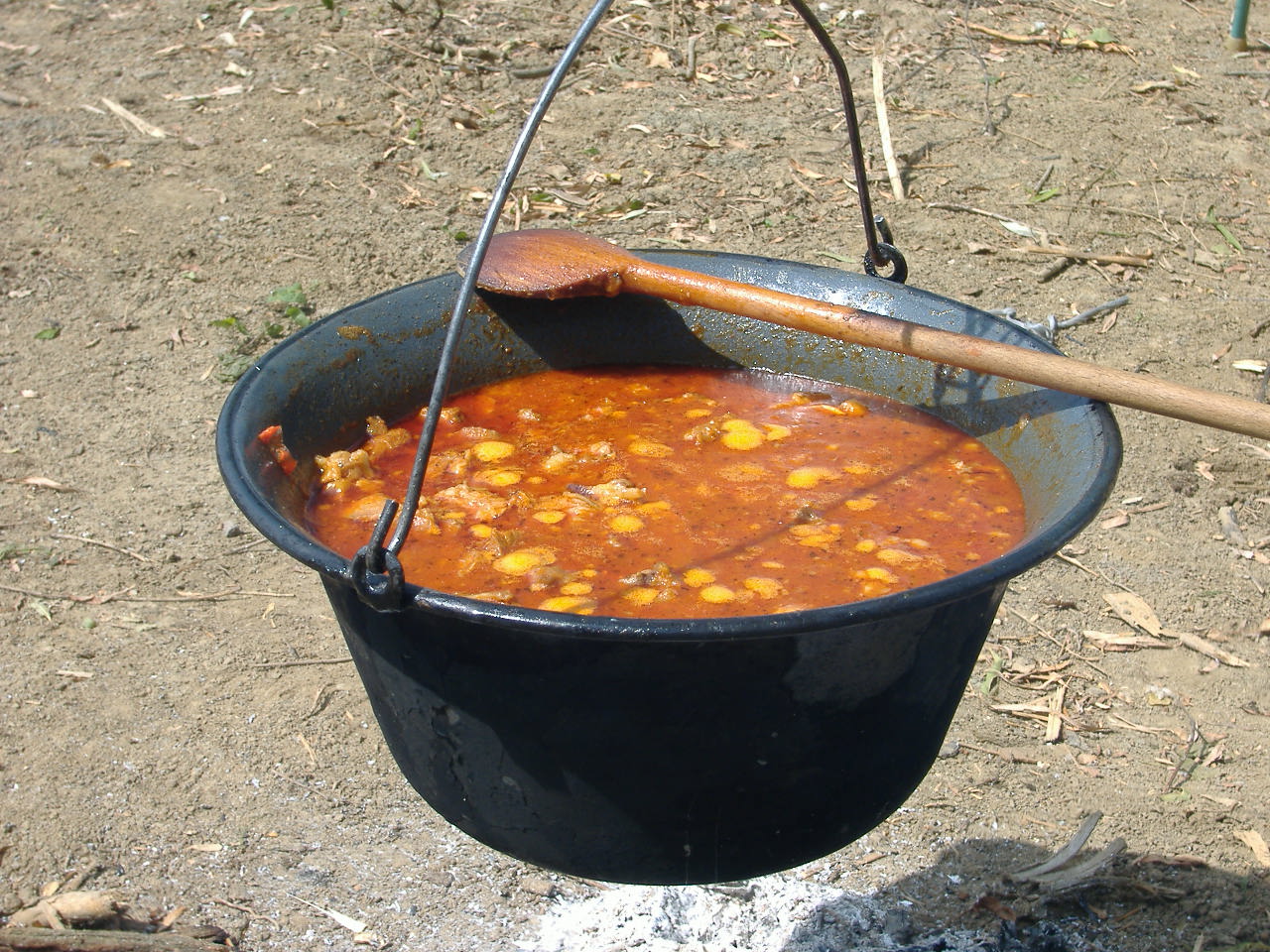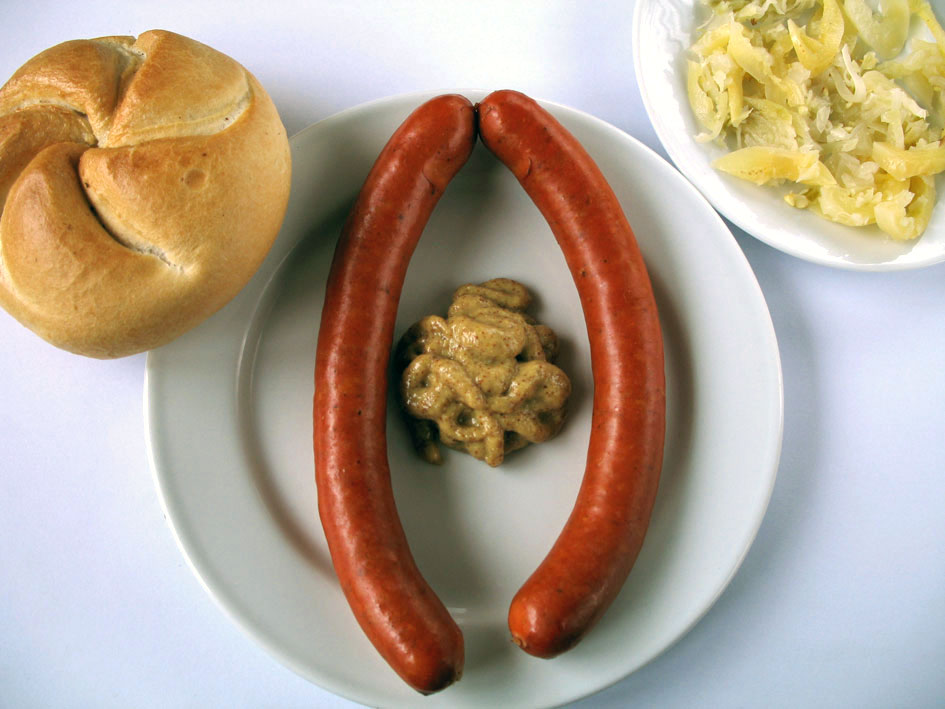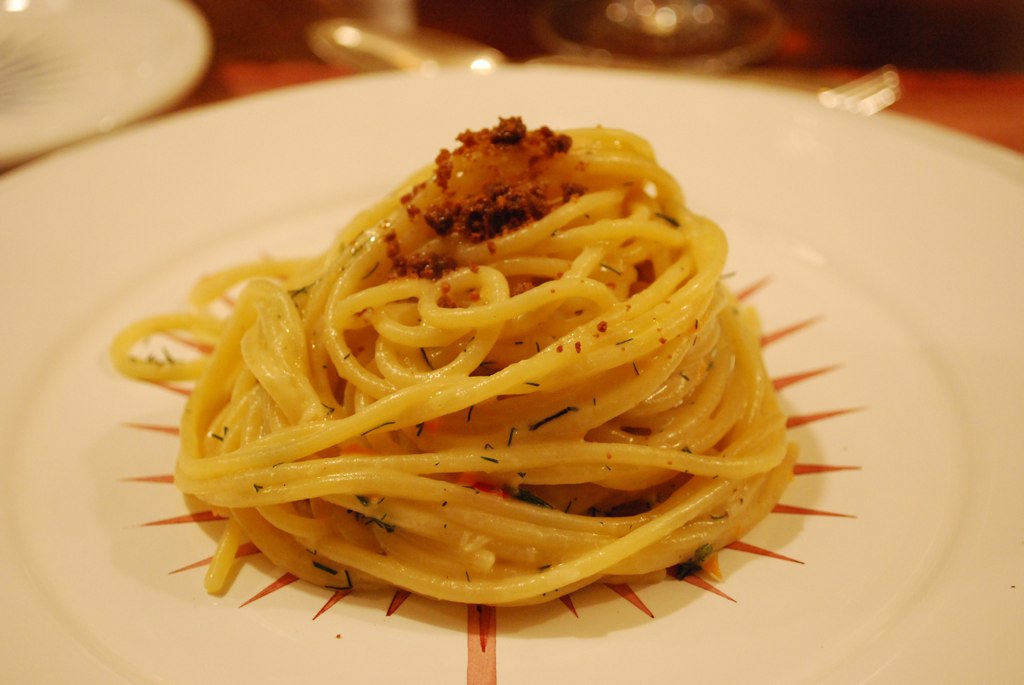|
Guláš
Goulash () is a meal (not quite stew or soup) made of meat and vegetables seasoned with paprika and other spices. Originating in Hungary, goulash is a common meal predominantly eaten in Central Europe but also in other parts of Europe. It is one of the national dishes of Hungary and a symbol of the country. Its origins may be traced back as far as the 10th century to stews eaten by Hungarian shepherds. At that time, the cooked and flavoured meat was dried with the help of the sun and packed into bags produced from sheep's stomachs, needing only water to make it into a meal.Bulgaria, Hungary, Poland, Romania, the Czech Republic, and Slovakia Britannica Educational Publishing, 2013, p. 94 Earlier versions of goulash did not include |
Bogrács
The bogrács () is an outside fire cooking pot made of metal. It is suspended from a chain over a campfire. Its distinctive shape and diagonal handle distinguish it from similar cookware. The bogrács was commonly used by the serfs. Its spread can be traced back to the nomadic equestrian cultures, with the cauldron. The ancestor to the bogrács was brought to the Carpathian Basin by the first Hungarians. There are many types of bogrács used, made with different sizes, materials and uses. The word 'bogrács' comes from the word 'bakraç' - an Ottoman-Turkish word meaning 'copper bucket'. It is also considered a dish of Carpathian The Carpathian Mountains or Carpathians () are a range of mountains forming an arc across Central Europe and Southeast Europe. Roughly long, it is the third-longest European mountain range after the Urals at and the Scandinavian Mountains at ... cuisine. References {{DEFAULTSORT:Bogracs Cooking vessels Fireplaces ... [...More Info...] [...Related Items...] OR: [Wikipedia] [Google] [Baidu] |
Paprika
Paprika is a spice made from dried and ground red peppers, traditionally ''capsicum annuum''. It can have varying levels of Pungency, heat, but the peppers used for hot paprika tend to be milder and have thinner flesh than those used to produce chili powder. The milder, sweet paprika is mostly composed of the fruit of the pepper with most of the seeds removed; whereas some seeds and stalks are retained in the peppers used for hotter paprika. Paprika, like all capsicum varieties and their derivatives, is descended from wild ancestors from the Amazon River, cultivated in ancient times in South, Central and North America, in particular Mexican Plateau, central Mexico. The peppers were introduced to Europe, via Spanish Empire, Spain and Portuguese Empire, Portugal, in the sixteenth century. The trade in paprika expanded from the Iberian Peninsula to Africa and Asia and ultimately reached central Europe through the Balkans. European cuisines in which paprika is a frequent and major ... [...More Info...] [...Related Items...] OR: [Wikipedia] [Google] [Baidu] |
Austrian-Hungarian Empire
Austria-Hungary, also referred to as the Austro-Hungarian Empire, the Dual Monarchy or the Habsburg Monarchy, was a multi-national constitutional monarchy in Central Europe between 1867 and 1918. A military and diplomatic alliance, it consisted of two sovereign states with a single monarch who was titled both the Emperor of Austria and the King of Hungary. Austria-Hungary constituted the last phase in the constitutional evolution of the Habsburg monarchy: it was formed with the Austro-Hungarian Compromise of 1867 in the aftermath of the Austro-Prussian War, following wars of independence by Hungary in opposition to Habsburg rule. It was dissolved shortly after Hungary terminated the union with Austria in 1918 at the end of World War 1. One of Europe's major powers, Austria-Hungary was geographically the second-largest country in Europe (after Russia) and the third-most populous (after Russia and the German Empire), while being among the 10 most populous countries worldwide. T ... [...More Info...] [...Related Items...] OR: [Wikipedia] [Google] [Baidu] |
Debrecener
A debrecener (, , ) is a pork sausage of uniform fine texture and reddish-orange colour, named after the Hungarian city of Debrecen. The sausages are heavily spiced with paprika and other seasonings like garlic, pepper and marjoram. Usually they contain tiny pieces of pork fat as well. They are usually unsmoked or lightly smoked, and sold in pairs joined at one end. Traditional cooking technique calls for the Debreceni to be transversely slashed at intervals and baked, broiled, or fried. The sausage tends to curl away from the slashes, creating a linked series of sausage coins. Although originating in Eastern Hungary, this sausage spread to and has become popular in virtually every part of the former Austro-Hungarian Empire (including Austria, Northern Italy, Croatia, Slovenia, Poland, the Czech Republic, Slovakia, Western and Central Romania and Western Ukraine) and adopted into those cuisines. In Poland, it is called "Debreczyńska". In Bulgaria a derivative sausage is call ... [...More Info...] [...Related Items...] OR: [Wikipedia] [Google] [Baidu] |
József Székely
József () is a Hungarian masculine given name. It is the Hungarian name equivalent to Joseph. Notable people bearing this name include: * József Bihari (1901–1981), Hungarian actor * József Bihari (1908–1997), Hungarian linguist * József Braun (also known as József Barna; 1901–1943), Hungarian Olympic footballer * József Csermák (1932–2001), Hungarian hammer thrower and 1952 Olympic champion * József Darányi (1905–1990), Hungarian shot putter * József Daróczy (1885–1950), Hungarian film director * József Deme (born 1951), Hungarian sprint canoer *Baron József Eötvös de Vásárosnamény (1813–1871) was a Hungarian writer and statesman, Minister of Education of Hungary * József Farkas de Boldogfa (1857–1951) was a Hungarian nobleman, jurist, landowner, politician, Member of the Hungarian Parliament * József Garami (born 1939), Hungarian football manager and former player * József Gráf (born 1946), Hungarian engineer and politicia ... [...More Info...] [...Related Items...] OR: [Wikipedia] [Google] [Baidu] |
Vermicelli
Vermicelli (, ; , literally "little worms"), is a traditional type of pasta round in section similar to spaghetti. In Anglosphere, English-speaking regions it is usually thinner than spaghetti, while in Italy it is thicker. It is typically made with semolina. Thickness comparison As defined in Italy, the diameters of spaghetti-like pasta are: ;vermicelli : between , with little variation between different producers. ;spaghetti : between . ; : () between . ; : between . ;capellini or : ( or ) between . In the United States, the National Pasta Association (which has no links with its Italian counterpart, the ) lists vermicelli as a thinner type of spaghetti. The Code of Federal Regulations of the United States of America defines spaghetti and vermicelli by diameter: ;vermicelli : less than . ;spaghetti : between . History In 14th-century Italy, long pasta shapes had varying local names. Barnabas de Reatinis of Reggio notes in his (1338) that the Tuscan vermicelli are calle ... [...More Info...] [...Related Items...] OR: [Wikipedia] [Google] [Baidu] |
Sauerkraut
Sauerkraut (; , ) is finely cut raw cabbage that has been fermented by various lactic acid bacteria. It has a long shelf life and a distinctive sour flavor, both of which result from the lactic acid formed when the bacteria ferment the sugars in the cabbage leaves. Overview and history Fermented foods have a long history in many cultures. The Roman writers Cato (in his '' De agri cultura'') and Columella (in his '' De re Rustica'') mentioned preserving cabbages and turnips with salt. According to Wilhelm Holzapfel et al, Plinius the Elder, writing in the first century A.D., is reputed to have been the first writer to describe the making of sauerkraut by preserving what the Romans called ''salt cabbage'' in earthen vessels. Popular folklore has imagined that sauerkraut was introduced to Europe by the trade networks formed across Eurasia by the Golden Horde. However, according to Mack and Surina (2005), there is no evidence to support this theory, nor any evidence that f ... [...More Info...] [...Related Items...] OR: [Wikipedia] [Google] [Baidu] |
Székely Gulyás
Székely may refer to: *Székelys, Hungarian people from the historical region of Transylvania, Romania **Székely Land, historic and ethnographic area in Transylvania, Romania *Székely (village), a village in northeastern Hungary *Székely (surname) *Szekely Aircraft Engine * György Dózsa György Dózsa (or ''György Székely'', Romanian: ''Gheorghe Doja''; – 20 July 1514) was a Székely man-at-arms from Transylvania, Kingdom of Hungary who led a peasants' revolt against the kingdom's landed nobility during the reign ..., also referred to as György Székely See also * Secuieni (other) (a term linked to the Székelys in Romanian) {{DEFAULTSORT:Szekely ... [...More Info...] [...Related Items...] OR: [Wikipedia] [Google] [Baidu] |
Pörkölt
Pörkölt () is a meat stew which originates from Hungary, but is eaten throughout Central Europe. In Hungary Pörkölt is a Hungarian stew with boneless meat, paprika, and some vegetables. It should not be confused with '' gulyás'', a stew with more gravy or a soup (using meat with bones, paprika, caraway, vegetables and potato or different tiny dumplings or pasta simmered along with the meat), or ''paprikás'', which uses only meat, paprika and thick heavy sour cream). Pörkölt, paprikás and gulyás are considered national dishes of Hungary. There are different pörkölt variations from region to region. In most parts of Hungary, pörkölt is made with beef or pork. The word ''pörkölt'' means 'roasted'. Pörkölt is made of meat, onion, and sweet paprika powder. Tomatoes or tomato paste, green pepper, marjoram, and garlic are common additions to the basic recipe. If no paprika powder is available, a mild or heatless chili powder is a suitable substitute but may slight ... [...More Info...] [...Related Items...] OR: [Wikipedia] [Google] [Baidu] |





